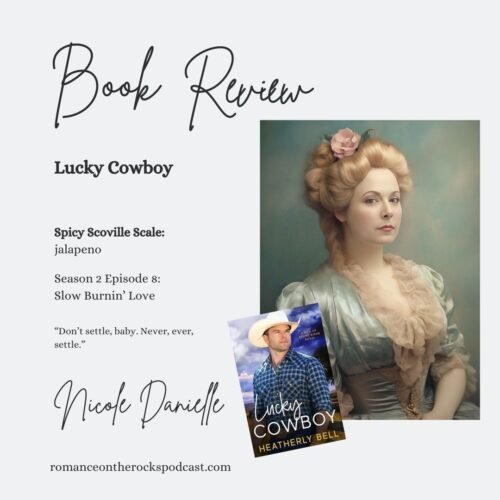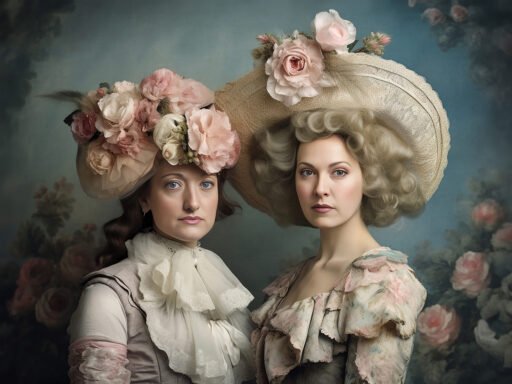This post may contain affiliate links — meaning we get a commission if you decide to make a purchase through our links, at no cost to you. We carefully curate our affiliate partnerships and only work with companies we like and believe in. Earning commissions like this helps us sustain our blog but the opinions we share are always our own.
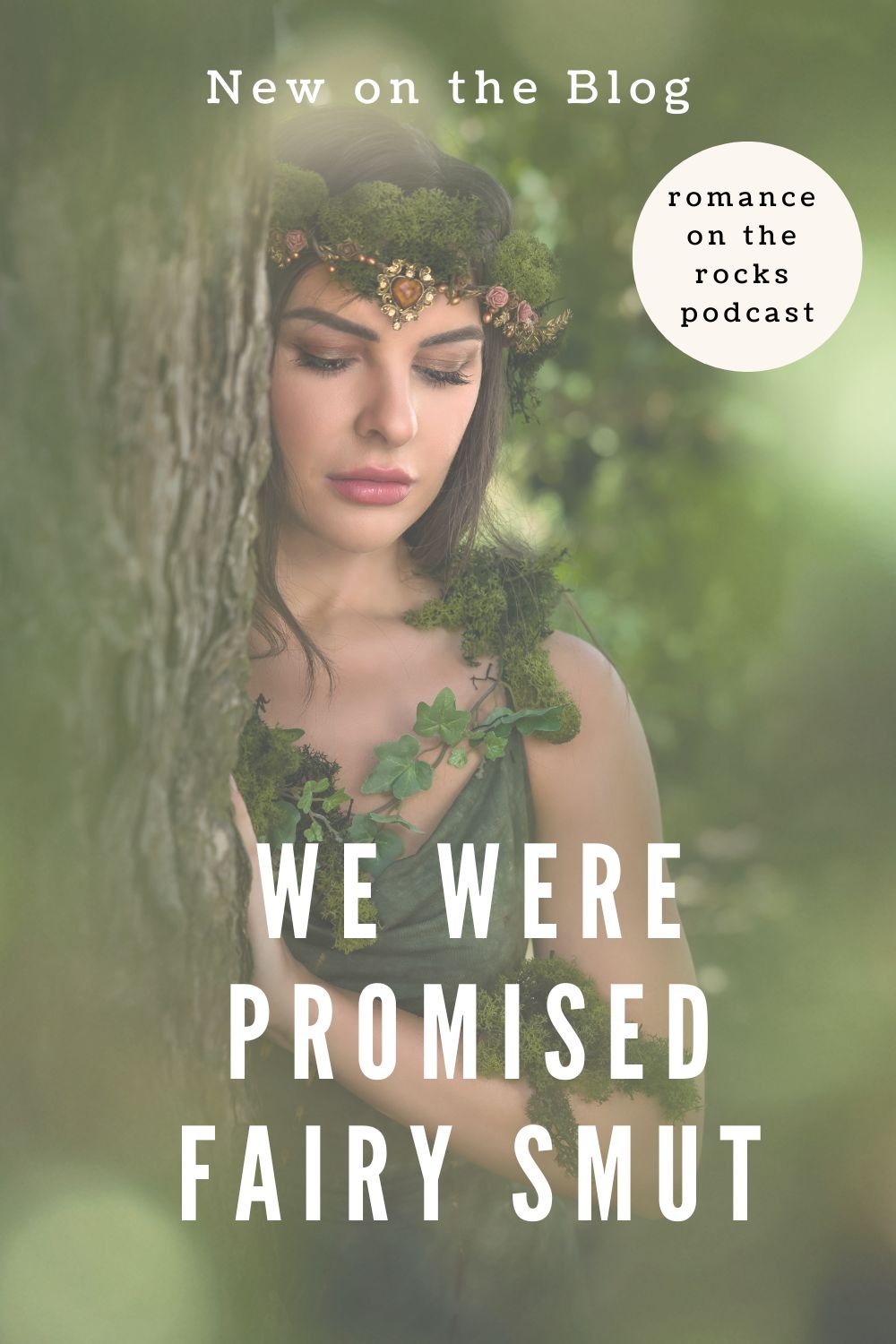
In the ever-expanding universe of romance novels, fantasy romance — particularly those involving the Fae realm — has carved out a significant niche. Our recent foray into two Fae-centered romance novels reveals fascinating insights about this subgenre. We also discovered some recurring patterns romance readers should be aware of.
What is Fae?
The first revelation came with the terminology itself. Many readers (ourselves included!) often associate “Fae” exclusively with fairies. However, both novels we explored used the term “Fae” as an all-encompassing classification for magical beings including elves, orcs, vampires, pixies, brownies, goblins, and more. This broader definition creates rich, diverse fantasy worlds populated with various magical races. This, in turn, allows authors to craft complex societies with their own hierarchies, traditions and conflicts.
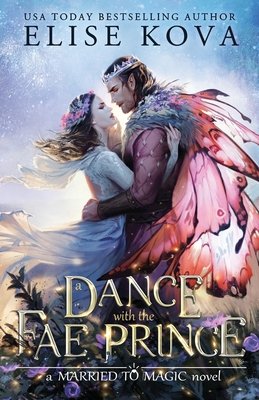
Fantasy World Building
World-building emerged as a standout strength in both “A Dance with the Fae Prince” by Elise Kova and “Fae King’s Temptation” by Layla Harper. Kova constructs a realm called Midscape where humans live separately from magical beings, while Harper creates Alfhemir, a dimension parallel to our own with distinct kingdoms and magical races. Both authors skillfully introduce their worlds without overwhelming readers with excessive exposition — a difficult balance both manage to achieve admirably.
Character Development of the Heroines
Character development in these novels centers around protagonists who are finding their inner strength. In “A Dance with the Fae Prince,” Catria emerges from a background of emotional and physical abuse to discover her own worth and power. Similarly, in “Fae King’s Temptation,” Kyra is thrust into a magical realm where she must adapt quickly, drawing on inner resources she didn’t know she possessed. Both heroines demonstrate growth, resilience, and agency throughout their respective journeys.
A recurring theme in both novels is the concept of acceptance – both accepting oneself and being accepted by others despite differences. This theme manifests particularly strongly in “Fae King’s Temptation,” where the relationship between human Kyra and half-orc/half-elf Rogar highlights how love can transcend physical differences and cultural barriers. These themes of self-acceptance and finding belonging resonate deeply with readers who may feel like outsiders in their own lives.
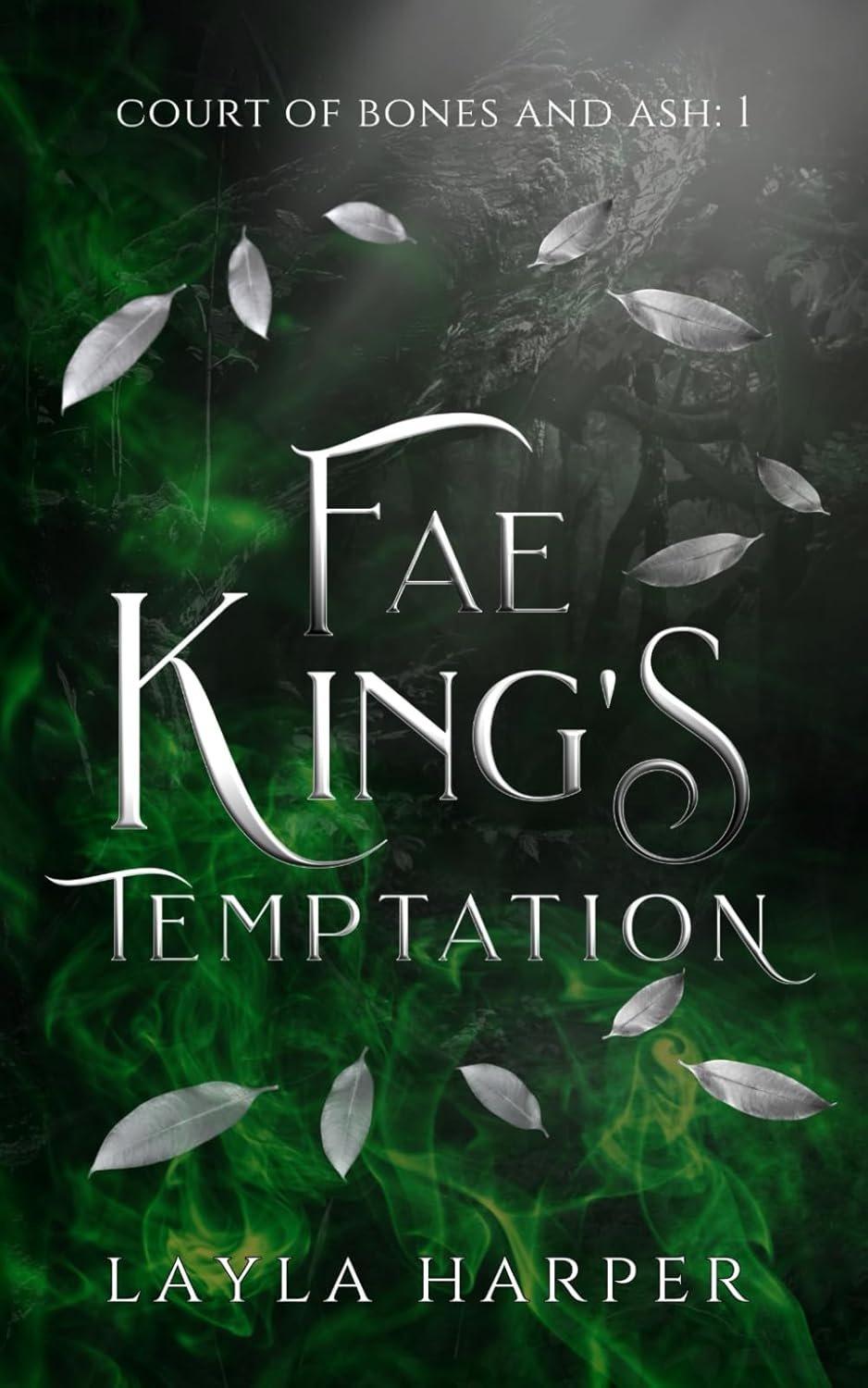
Where’s the Smut?
However, both novels share a common limitation that might disappoint some romance readers: despite being marketed with promises of steaminess, both books deliver remarkably tame intimate content. The physical relationships develop slowly — extremely slowly — with minimal explicit content. This pattern appears common in some fantasy romance, suggesting publishers may be marketing these books to appeal to spicier romance readers while actually delivering content that falls firmly in the “warm” rather than “hot” category on the heat scale.
Fated Mates
Another pattern we noticed was the “fated mates” trope appearing in “Fae King’s Temptation,” though Harper handles it with more nuance than usual. Rather than forcing an immediate relationship based on destiny; the male protagonist, Rogar, respects the heroine’s autonomy and priorities. Yes, he recognizes her as his destined partner. But Rogar is committed to helping Kyra with HER journey. This represents a welcome evolution of a sometimes problematic trope.
The Thing We Always Harp On: Communication
Communication issues remain a staple plot device in both novels. Whether it’s Lord Fenwood’s reluctance to reveal his true nature to Catria in “A Dance with the Fae Prince” or Rogar’s hesitation to tell Kyra about their fated connection in “Fae King’s Temptation,” these barriers to honest communication create narrative tension while occasionally frustrating readers. Just talk to each other already!
Our Final Thoughts
Fantasy romance offers unique opportunities to explore themes of acceptance, belonging, and personal growth through magical metaphors and fantastical settings. Both novels we explored succeeded in creating immersive worlds with characters readers can root for on their journeys to self-discovery and love. However, readers seeking explicit romantic content may need to adjust expectations when venturing into the Fae romance subgenre. The focus often tends to lean more heavily toward adventure and world-building than bedroom scenes.
For readers intrigued by the Fae romance subgenre, both “A Dance with the Fae Prince” and “Fae King’s Temptation” offer entertaining, well-constructed fantasy worlds with engaging characters and meaningful themes. Just don’t expect the spice level to match the marketing promises and you’ll likely find yourself enchanted by these magical romances.
Have you read either of these fantasy romances? What did you think of them? Comment below! We’d love to hear from you. Interested in reading these novels yourself? You can purchase “A Dance with the Fae Prince” from The Ripped Bodice here or Amazon here. For “Fae King’s Temptation”, click here. (Or, if you wanna go for the first compilation that includes “Fae King’s Temptation” and the following three books, click here.) If you’d like to learn more about USA Today Best Selling Author Elise Kova, click here. And for Layla Harper, you can visit her website here. Want to listen to the podcast episode? We’re available on pretty much all your favorite podcast streaming services. Or you can visit our podcast player page here. Nicole also has a full review of Fae King’s Temptation and talks about the three books that follow it here.
Are you a hopeless romantic and bookish biddy like us? We’d love to have you join in our adventures by signing up for our email list. Just fill out the form below!
